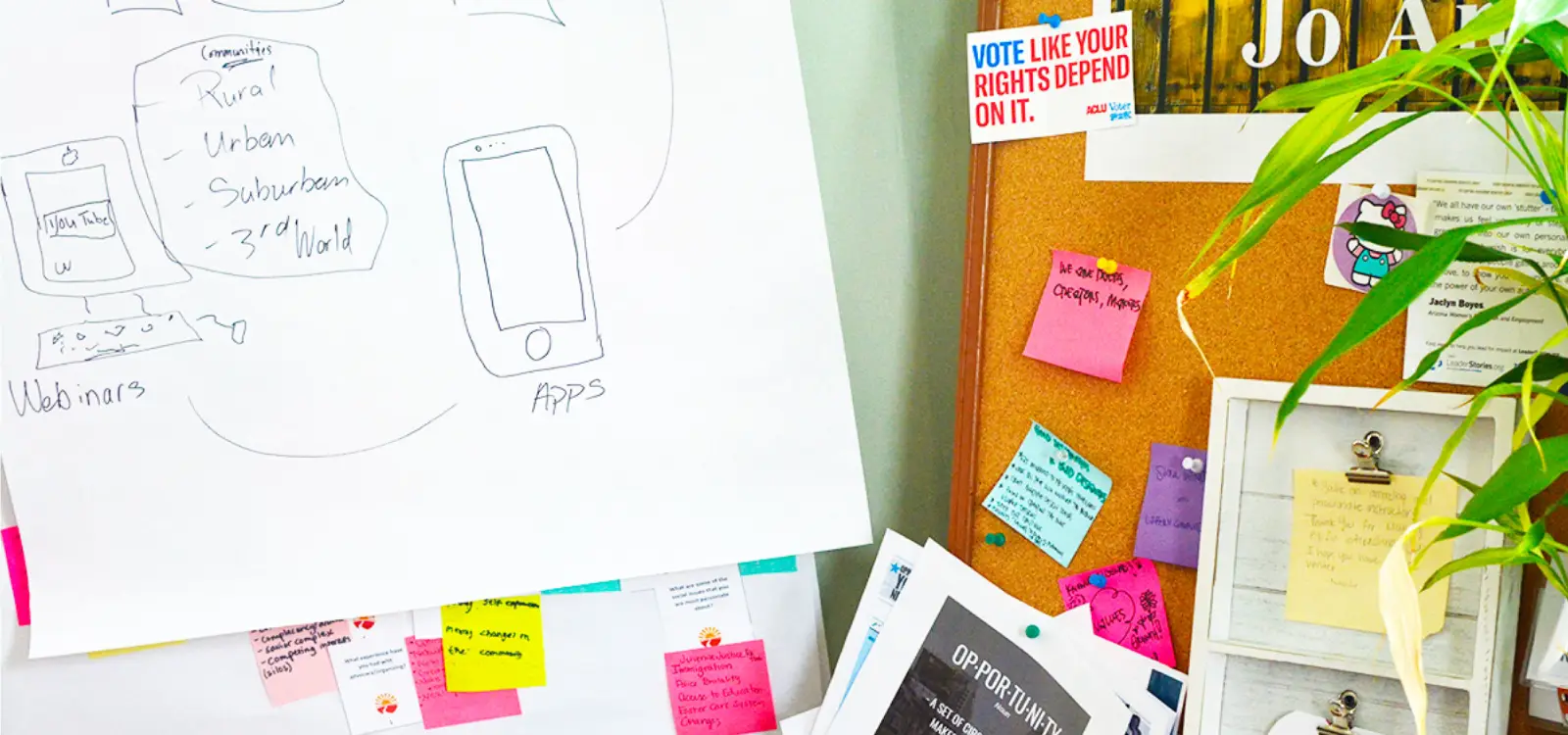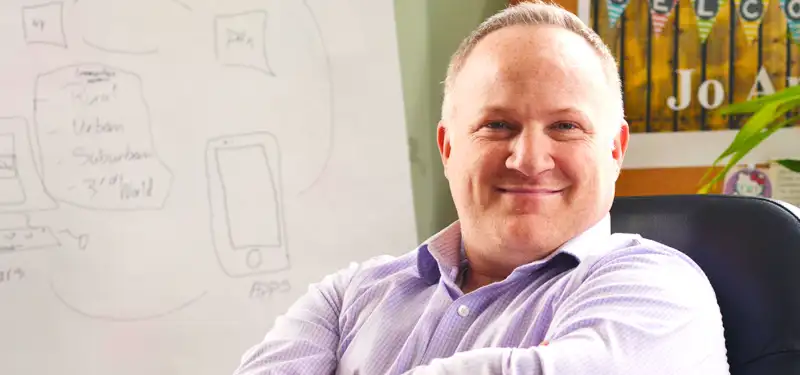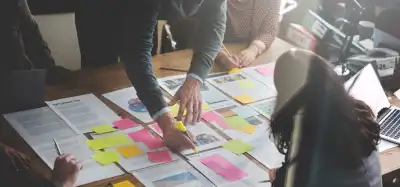Summary
Uncover how OKRs empower the Forum for Youth Investment to transcend traditional nonprofit barriers, like championing policy changes and reaching targets for social progress.
Business goals are often quantifiable, concrete, and easy to track through revenue, sales and purchases, profits, and key performance indicators. Yet, how can you measure or quantify social change? How do leaders translate vision to actionable strategies and tactics?
At the Forum for Youth Investment, Executive Vice President of Policy Advocacy Thaddeus Ferber works to answer these questions every day.
Growing up, Thaddeus always saw education as a path and calling. However, as he was exposed to thought leaders in the policy field during his college experience, he began to broaden his outlook on the most effective ways to create impact. Always invested in achieving change at scale, he observed how public policy controlled the lion’s share of resources in the social justice movement. Changing policies, in his view, was one of the best ways to redirect resources to where they could do the most good, so Thaddeus joined the Forum in 1998.
“What affects a child’s life is so much more than just what happens during school,” he said. “If you’re really looking to help people turn their lives around, you need to be looking at what’s happening in their families and communities as well as school."

At his core, Thaddeus is a campaigner — actively promoting the ideals of equity and access at the federal level. His over two decades of work drafting youth policy recommendations and legislation led to adoption and implementation of said recommendations by two White House administrations (Presidents George W. Bush and Barack Obama).
The policy unit at the Forum focuses on improving and aligning policies for children and youth at the local, state, and federal levels (especially those disconnected from school and work). Through partnerships with national organizations, the policy team provides resources, tools, examples and networking opportunities to help policymakers improve their work in key areas such as partnerships and evidence-based policymaking.
As executive vice president of Policy Advocacy, Thaddeus promotes evidence-based policies that help communities achieve collective impact for all young people who incorporate youth voices. For example, he spearheaded the launch of the Opportunity Youth Network, which unites leading corporations, foundations, nonprofits, and youth to reconnect young people who are not in school or employed. He has also co-founded SparkAction, an interactive online network that mobilizes activism for and by young people.
The nonprofit sector has unique challenges
Thaddeus has created quite an impact on American children and youth, yet he admits social impact and the nonprofit sector is every bit as challenging as it is rewarding. Performance metrics for nonprofit organizations do not always feel as clear cut as ones for profit-driven organizations and companies.
“There are a lot of things that are out of our control in this sector,” said Thaddeus. “We are affected by the foundations that support us, and the the governmental structures that we advocate with.”
“We do have a budget and we do have a bottom line, but our goal isn’t to make money and our goal isn’t to grow our budget,” said Thaddeus. “Our goal is to make change in the world and that is something that can be very vague and hard to measure.”
There are a plethora of models and theories for how to measure impact, and as an action tank based in Washington, D.C., the Forum wasn’t lacking in their own. However, what the policy team faced was a lack of individual accountability, a firm consensus, and alignment on overall goals, and a clear way to measure whether or not those goals were achieved.
Thaddeus found that although there was a formal annual review cycle in place in which employees outlined their goals for the year, most decisions about objectives happened informally, without a clear process in place for prioritization of identified goals.
“We like to think we can do everything, and we can’t,” said Thaddeus.

In the fall of 2016, Thaddeus was invited to join the American Express Leadership Academy, which trains emerging nonprofit leaders in effective management. The program provides each participant with an executive coach. It was Thaddeus’ coach who first introduced him to the Objectives and Key Results, or OKRs, framework.
OKRs help organizations prioritize and outline goals. An Objective is an overarching goal, while Key Results are the metrics used to determine if and how the goal was achieved.
“We set an ambitious Objective: Increasing federal investments in Opportunity Youth (16-24-year-olds who are not in school and not employed) during one of the most difficult federal contexts in modern history,” said Thaddeus.
OKRs & Accountability
Unlike the policy team’s previous approach of ambiguous performance reviews, OKRs proved to be rigorous and strategic in holding the team accountable to prioritized goals in a quarterly time frame. The team has used OKRs for one year and presents them in quarterly sessions where Thaddeus reports there is a healthy back and forth.
“They have more than met my expectations,” said Thaddeus. “Different strategic plans and processes come and go, and this one has really stopped and had staying power.”
“While at the time billions of dollars of cuts to these programs were being proposed,” said Thaddeus, “the OKR process encouraged us to be bold, and set our sights not just on preventing cuts, but actually securing funding increases,” said Thaddeus. “As a result, we were able to secure $195 million in federal funding increases for Opportunity Youth over a two-year period.”
Thaddeus has found OKRs forced a level of prioritization and compelled the team to make tough choices that benefited the policy unit in the long run. He said, “For us, the hardest test of have we crafted the OKRs correctly is we believe if we crafted it correctly, there would be no possible way that we could complete those Key Results and not have achieved the Objective.”
When applied correctly, OKRs have the potential to transform intent to action for a positive push forward in the direction of social change. Nonprofits may not always have control of funding or the government, but OKRs rise to the challenge of these unique issues by managing achievement and execution, improving the allocation of human capital and resources and increasing insight and accountability.
If you’re interested in starting our OKRs 101 course, click here.



